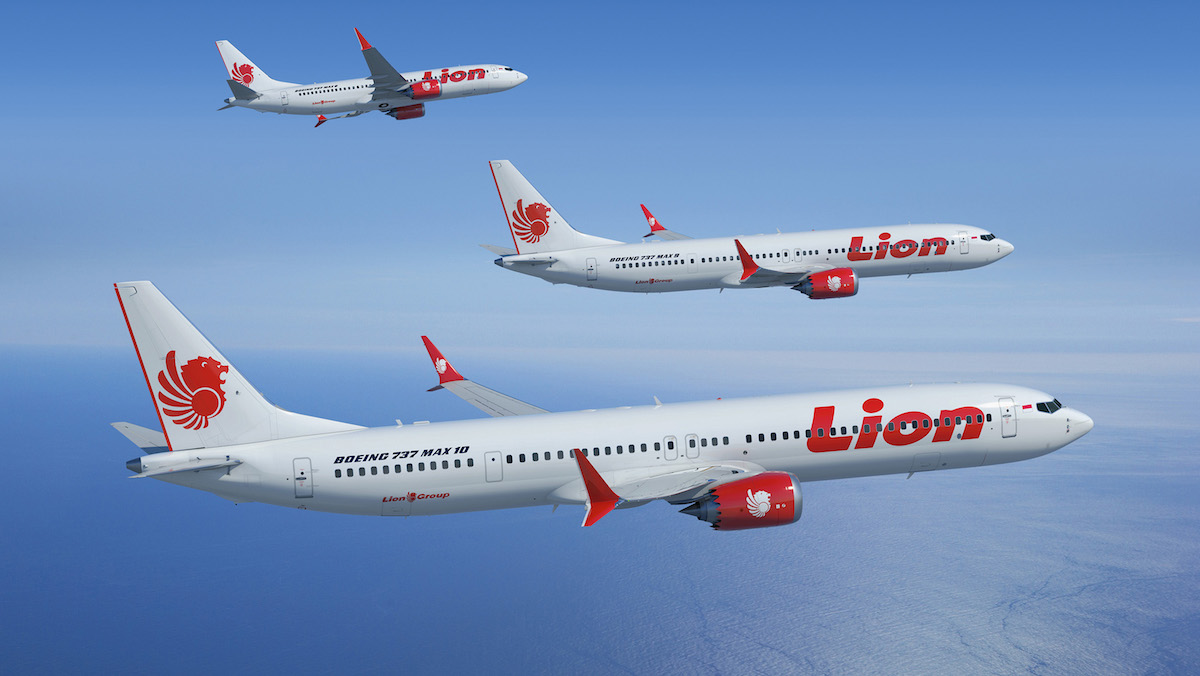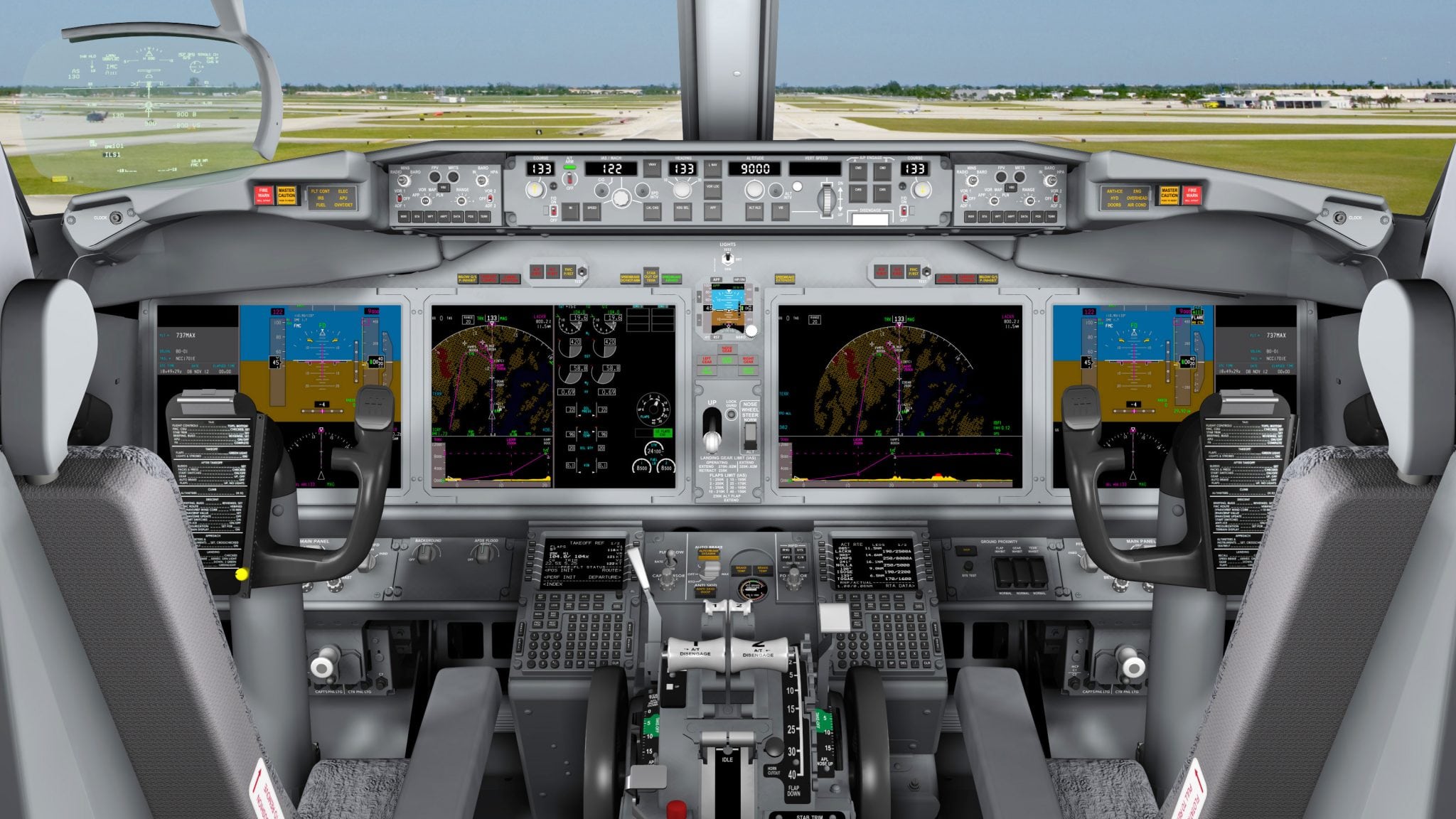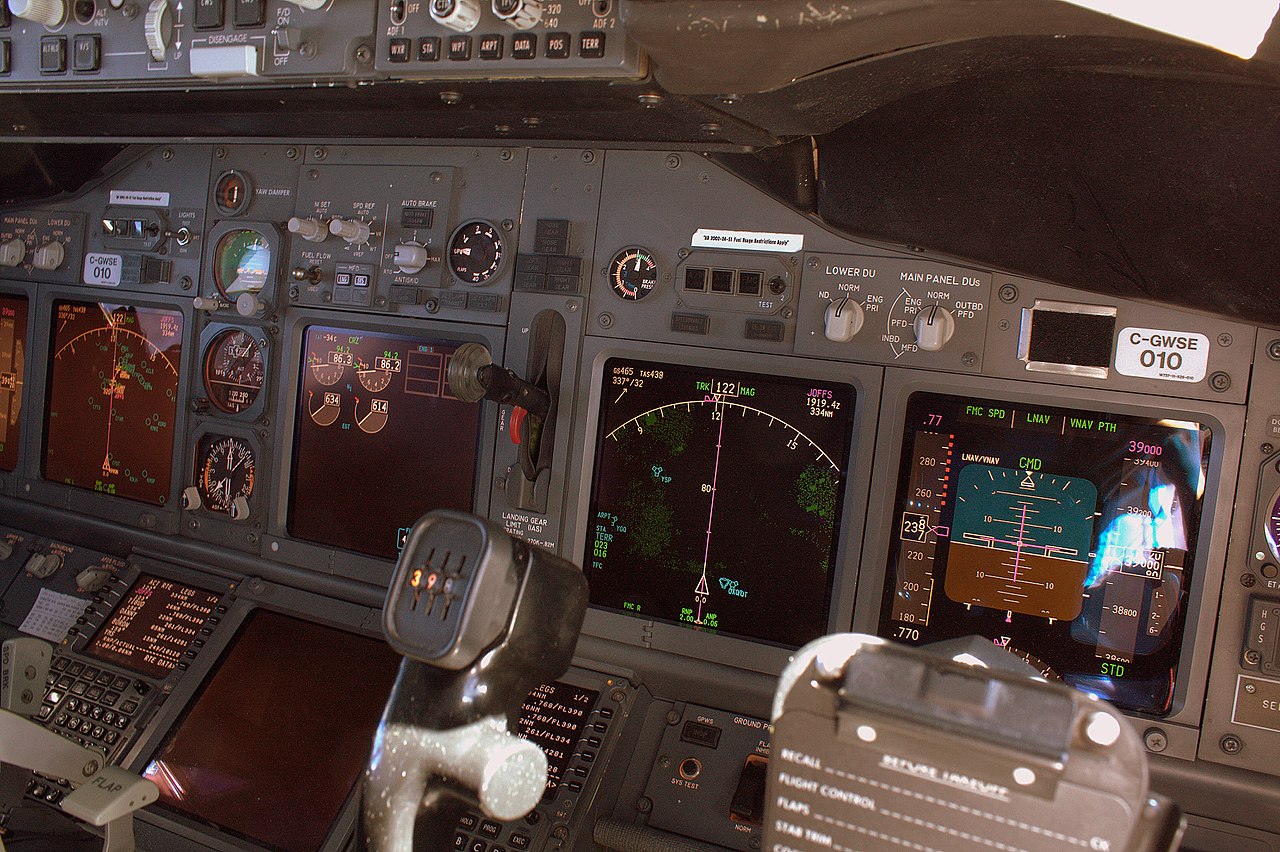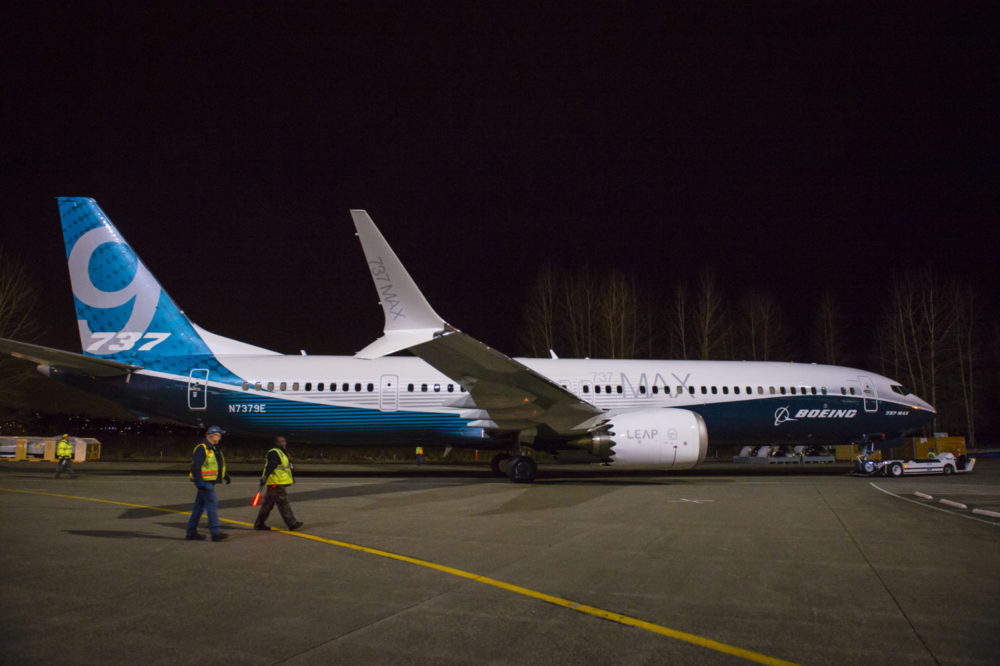Airline industry scrambles to understand Boeing 737 MAX systems
More progress is being made to uncover every little detail that played a factor in the crash of a Lion Air Boeing 737 MAX 8 which left 189 people dead and many more demanding answers.
Various perspectives in the airline industry, such as regulators, unions and airlines themselves, are all scrambling to understand the flight control systems within the Boeing 737 MAX as well as list all the errors in emergency checklists for the “runaway stabilizer” problem.
The task comes to light as the industry was completely unaware of the fact that Boeing had built the 737 MAX with a new flight control system, which reportedly played a role in the recent crash of Lion Air flight JT610.

From preliminary findings, the aircraft received incorrect information from its angle-of-attack sensors, tricking the protection system into forcing the aircraft nose down as it thought it was approaching a stall. The system in charge of this is called the Maneuvering Characteristics Augmentation System (MCAS) and has only been introduced with the 737 MAX compared to older 737s.
If the aircraft nears a stall based off excessive nose-up attitude or low airspeed indications, the system will automatically trim the stabilizer, pitching the nose down and preventing a stall, even if the pilots are flying manually. The system, however, will only activate when the flaps are retracted and during steep turns that induce high load factors. A memo released shortly after the crash contained a note from Boeing saying the system can push the nose down so far the pilots no longer have the ability to bring the nose back up.
Not one bit of information about this new system has been found present in any training and operations manuals, which is why the industry is in shock. No pilot was ever taught how to deal with a system they didn’t know about, which is a major issue.
Boeing kept the flight deck of the 737 MAX similar enough to the 737 Next Generation (NG) so they could advertise the aircraft as an easy switch, making it a valuable choice for airlines who want simplified training.


The issue isn’t necessarily the system itself, because if executed correctly by informing airlines and pilots of the procedures, it can work fine. The issue is the fact that the aircraft can perform changes without the pilot knowing.
American Airlines and Southwest are heavily involved in the details regarding the system and are working closely with Boeing to understand what has to be done to ensure procedures are outlined clearly and pilots are trained correctly. The president of the Southwest Airlines Pilot Association, Jon Weaks, had strong feelings towards the system and how it wasn’t disclosed to anyone in any manual. He is further disturbed by the fact that Boeing and the Federal Aviation Administration (FAA) are releasing documents saying the system isn’t working as intended.
Other airlines that operate the 737 MAX are adhering to any updates Boeing releases.
When asked about the system by various media outlets, Boeing states it was put in place to remove nasty flight characteristics caused by the mounting position and size of the new CFM LEAP engines. Without the system, the aircraft would not have been certified as safe.
Boeing remains firm on the fact that the aircraft is safe and a great choice for airlines looking to replace older generation aircraft.
As well as the above mentioned updates being released to airlines, an emergency airworthiness directive has been released by the FAA educating pilots and engineers how to overcome the system in normal and abnormal scenarios.




